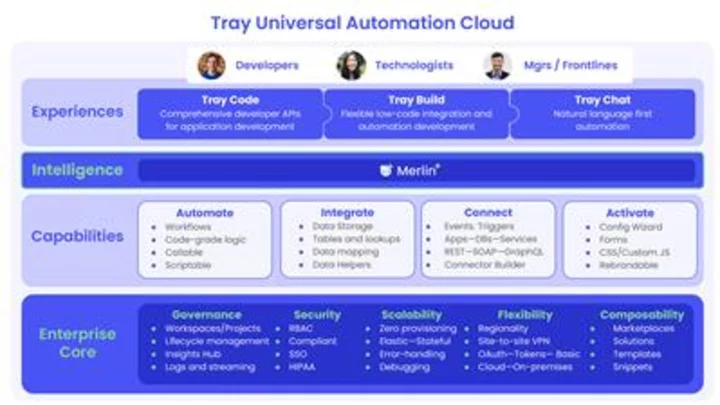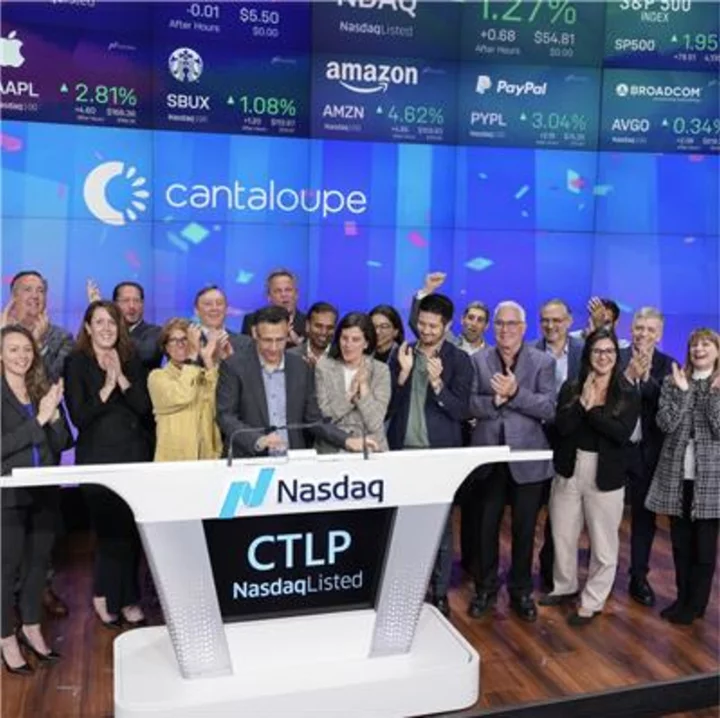LOS ANGELES (AP) — By almost any measure, the U.S. housing market has yet to emerge from a more than year-long slump.
Through the first three months of 2023, sales of previously occupied U.S. homes are running 28% below the pace in the same quarter last year, while sales of new homes are down 16%.
And yet, many homebuilder stocks are up 20% or more this year, reflecting optimism on Wall Street that builders are in a plum spot to capitalize on a housing market held back in large part by a near-historic low number of existing homes for sale.
Homebuilder Tri Pointe Homes' stock is up 60% this year. The Incline Village, Nevada-based company builds homes in California, Arizona, Texas and seven other states.
CEO Doug Bauer spoke with The Associated Press about the state of the housing market and how lowering prices and beefing up incentives have helped win over buyers despite higher interest rates. The interview has been edited for clarity and length.
Q: How do you see the housing market shaping up so far this year?
A: It’s a very normal spring seasonal demand after the back half of 2022 when the Fed increased interest rates seven times and pretty much put everybody on the sidelines. And what I mean by that is you see a spring selling season that’s very healthy. People are trying to find a house to move their families in by the summer or fall. And then you’ll see the summer calm down a little bit. That’s a normal seasonal pattern. And that’s what we’re seeing, and that’s what we’re forecasting for the rest of this year. And when you look at the demand characteristics and the population, and there’s very little resale market to pick from, I personally believe that the new homebuilders are going to increase market share over the next decade, especially if rates are staying at the level that they’re at today in that 6% range.
Q: But weren’t your net new home orders down in the first quarter?
A: Well, you’re comparing orders year-over-year. If you’re going to make that comparison, that’s kind of irrelevant, to be honest with you, because that was during a pandemic when you had this hyper demand. You’re going to see some really positive comparisons for the rest of this year. More relevant is the current spring demand, which is very healthy.
Q: The average rate on a 30-year mortgage has been hovering around 6.3% in recent weeks. Have homebuyers adjusted to these higher rates?
A: The consumer has definitely adjusted to these rates as the new normal. I started in this business with mortgage rates at 15% to 18%. The psychology of the buyer was in shock in the back half of ’22 when rates were going through the roof. Then what happened in the beginning of this year is builders repositioned pricing, we came up with more affordable product, and the consumer adjusted to the new rate environment. I saw this back in the ’90s, the 2000s. So they definitely adapt, but pricing has adapted and incentives have adapted.
Q: Like many other builders, Tri Pointe has offered rate buydowns and other incentives as mortgage rates climbed sharply. Is this the new normal?
A: We’re starting to roll those incentives back a little bit. We give incentives for closing costs, we may give some incentives off options and then let’s say if I have $30,000 in incentives, I could use that for a permanent or temporary rate buy down. Our incentives are trending back a little bit, but as long as mortgage rates stay in the 6.5% range, I think you’ll still see a combination of those three incentives.
Q: What’s it going to take to improve housing affordability in America?
A: There’s a lot of layers to that question. Since the pandemic, prices of new homes, broadly speaking, have gone up 30% to 40%. Our company has peeled back that pricing on average 10% to 15% from the peak. So one way to address affordability is pulling price back. Number two, attacking affordability with smaller, more cost-effective product types that we can introduce at lower price points based on the income levels in various markets, is our second strategy. And then the big macro strategy — and this is true across the nation — is our states, counties and governments need to lower some of the regulatory hurdles for new housing.









